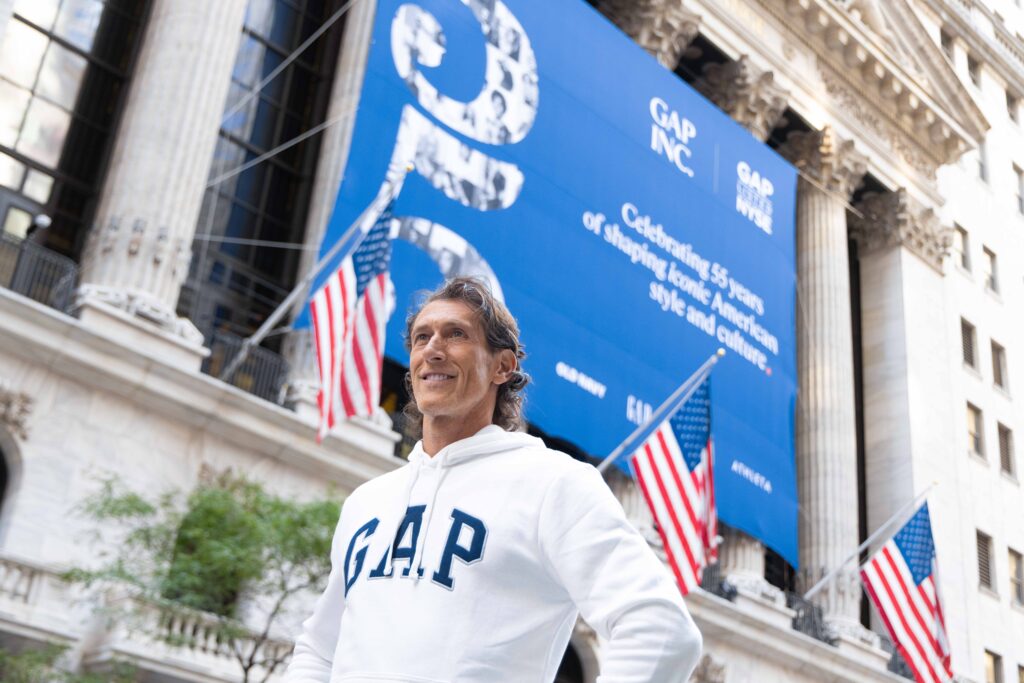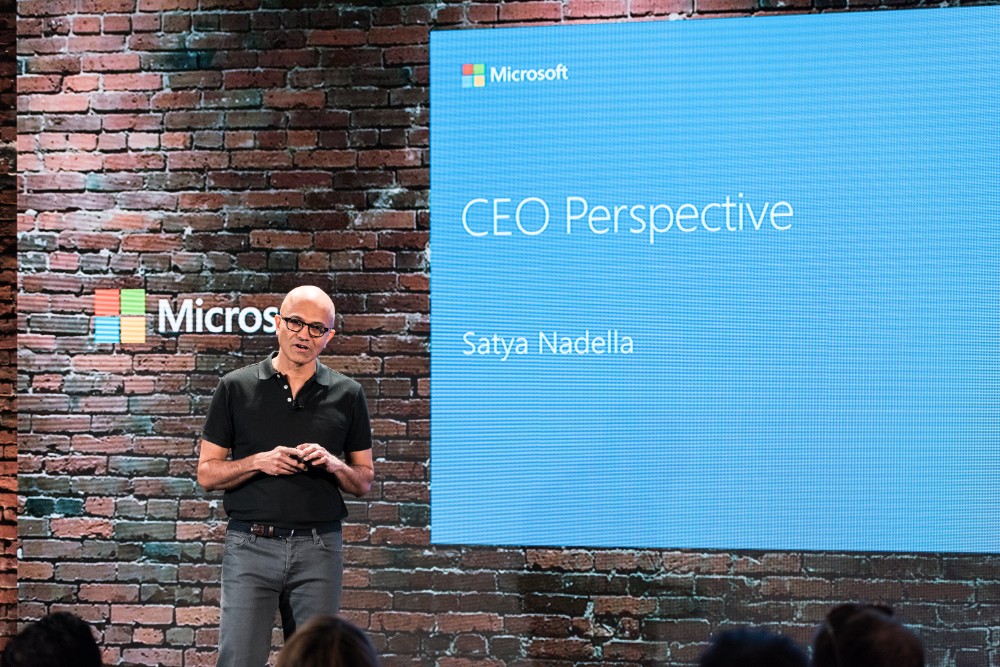Mayer isn’t the first CEO to struggle with a company turnaround, and she won’t be the last:
- Ron Johnson was hailed as the “saviour” of JC Penney, as his background in retail at Apple and Target seemed perfect for reinventing the department store. But revenue plummeted and stock dropped by 50%, leading to his removal after a mere 17 months.
- Carly Fiorina’s brilliant performance at AT&T and Lucent made her a bold choice to lead H-P. Unfortunately, while her strategy for H-P may have been forward-thinking, her implementation and execution lagged. Stock dropped 55% during her tenure, and she was removed in 2005.
- Facebook co-founder Chris Hughes took a majority stake in The New Republic in 2012, and seemed like the ideal leader to drag the publication into the digital age. But after losing $20 million, he himself decided it was time for “new leadership.”
Hindsight is 20/20, but these high-profile cases have important lessons for leaders:
- Know your strengths. Mayer was a product expert, but had no experience in managing a declining business. Johnson was retail-savvy, but had never led a company through a turnaround. Fiorina was star in sales, but not in product development or manufacturing. Especially if you’re entering a new industry or a new role, understand how your experience applies, and build a team that will fill in gaps in your knowledge or skills.
- Acknowledge the existing culture, even if ultimately, you want to change it. Johnson hired Apple veterans who separated themselves from the rest of the organization; Fiorina couldn’t “connect” with engineers and set impossible metrics; Hughes spent a small fortune redesigning the office, despite staffers’ modest salaries. Instead, build rapport and improve morale. Mayer made positive changes—establishing all hands meetings, offering free meals, and ending telecommuting—but was also criticized, so be prepared to explain your rationale.
- Sell the vision, but be able to execute. A “big idea” may be necessary, but it’s not enough. Mayer’s focus on mobile and social has helped, but hasn’t delivered enough of an impact. Fiorina’s strategy was so good that her replacement, Michael Hurd largely focused on proper execution. Johnson, meanwhile, was so committed to his vision of a reinvented JC Penney that he didn’t bother testing new ideas, and ignored customer feedback. Make sure that your team is implementing the strategy and monitoring its results so you can course-correct if needed.













